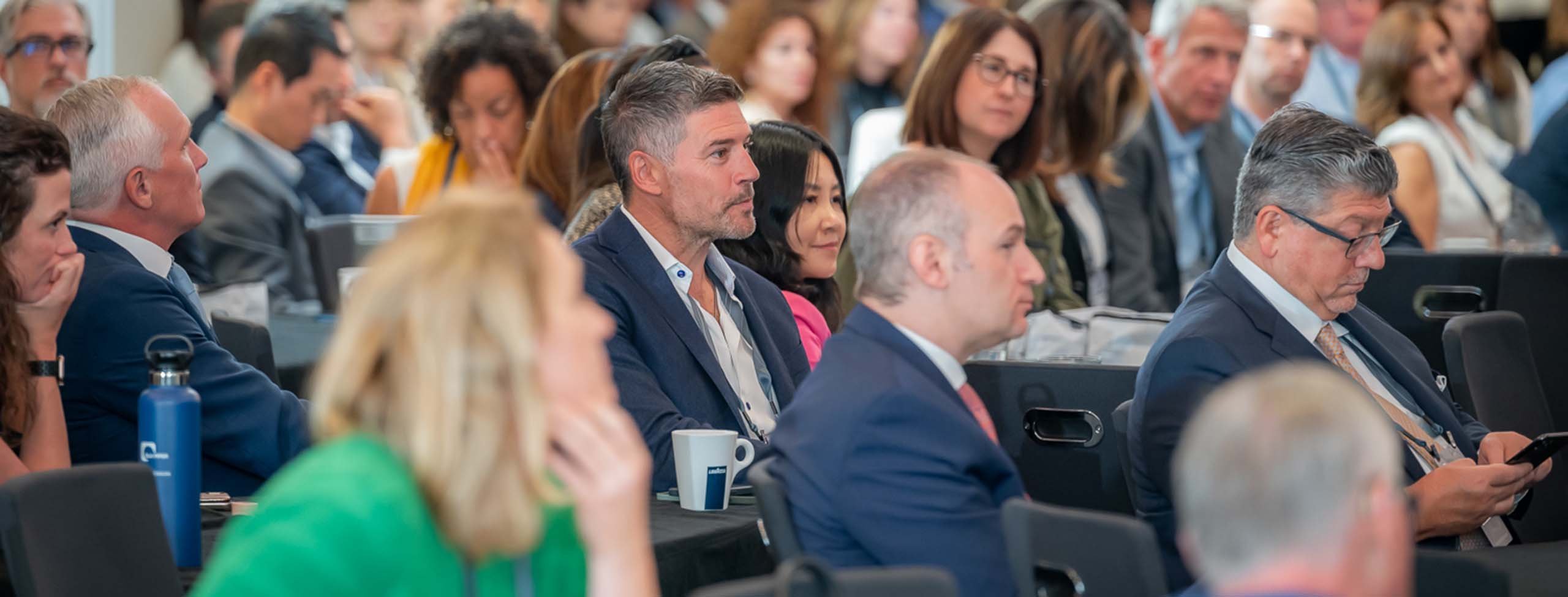
8 March 2024 • 4 minute read
Life sciences at the Federal Circuit – February 2024
Synthesis: developments in life sciences law and intellectual propertyIn this regular feature, every month we will review a case that spotlights the latest life sciences technologies and patent law issues presented at oral argument at the Federal Circuit. This month’s case, Biomedical Device Consultants & Laboratories v. Vivitro Labs, Inc., features issues concerning claim construction and its relationship to infringement and invalidity arguments.
Overview
The Federal Circuit heard oral argument in Biomedical Device Consultants & Laboratories v. Vivitro Labs, Inc. on February 7. The case is on appeal from the United States District Court for the Central District of California. Here, patent owner Biomedical Device Consultants & Laboratories appeals a district court order denying the preliminary injunction it had sought against Vivitro Labs, Inc. The claimed invention is an apparatus for cyclic testing of a valved prosthetic devices for heart valve durability testing. We expect the Federal Circuit to rule in the coming months.
The Parties’ arguments
In its briefing, Biomedical argued that the district court erred in three separate ways when it denied the preliminary injunction: first in its construction of certain asserted patent claims, second in its finding that Biomedical was unlikely to succeed on the merits of its infringement claim, and third in its finding that there were substantial questions as to whether the patent claims were valid.
Biomedical argued that the district court erred in its claim construction for two reasons: first, because the court improperly imported a limitation from the preferred embodiment in the asserted patent’s specification into its construction and second, because the court’s claim construction resulted in a dependent claim that lacked all of the elements of the claim it depended from.
Biomedical next argued that the district court’s claim construction improperly used a statement Biomedical had made in an unrelated inter partes review proceeding. This resulted in an erroneous finding of no likelihood of infringement based on the mistaken construction. Finally, Biomedical argued that the district court erred in finding a substantial question as to the asserted claims’ validity based on the disclosure in the sole prior art reference Vivitro raised.
In response, Vivitro argued that the district court did not err in its claim construction, in its finding that Biomedical failed to make a clear showing that it was likely to succeed on the merits of its infringement claim, or in its ruling that substantial questions remained as to the validity of the asserted claims. Vivotro argued that the district court had correctly considered Biomedical’s statement in the inter partes review because, in that IPR, Biomedical had proposed a construction of the same claim term at issue in the current case. Additionally, Vivitro noted that Biomedical and its expert had used different claim constructions in the appellant’s infringement and validity analyses of certain claim terms to circumvent a finding of invalidity.
At oral argument, Biomedical also argued that the district court lacked sufficient information to make a determination on invalidity because it had not considered objective indicia of non-obviousness. Vivitro countered that Biomedical’s briefing did not show that the district court’s findings were in error. Vivitro further argued that Biomedical raised the issue of objective indicia for the first time in its reply briefing and therefore had waived the issue on appeal.
Takeaway For practitioners
This case highlights the importance of claim construction, even at the preliminary injunction stage, in proving or disproving infringement and invalidity arguments. When forming proposed claim constructions, litigants should keep their constructions consistent across infringement and validity analyses in the same case and also take into account statements they made about the same claim term in previous actions. Further, care should be taken to avoid claim construction missteps such as improperly importing limitations from the patent’s specification into proposed constructions.
Learn more about the implications of this case by contacting any of the authors or your usual DLA Piper relationship attorney, and please be on the lookout for next month’s Life sciences at the Federal Circuit.


